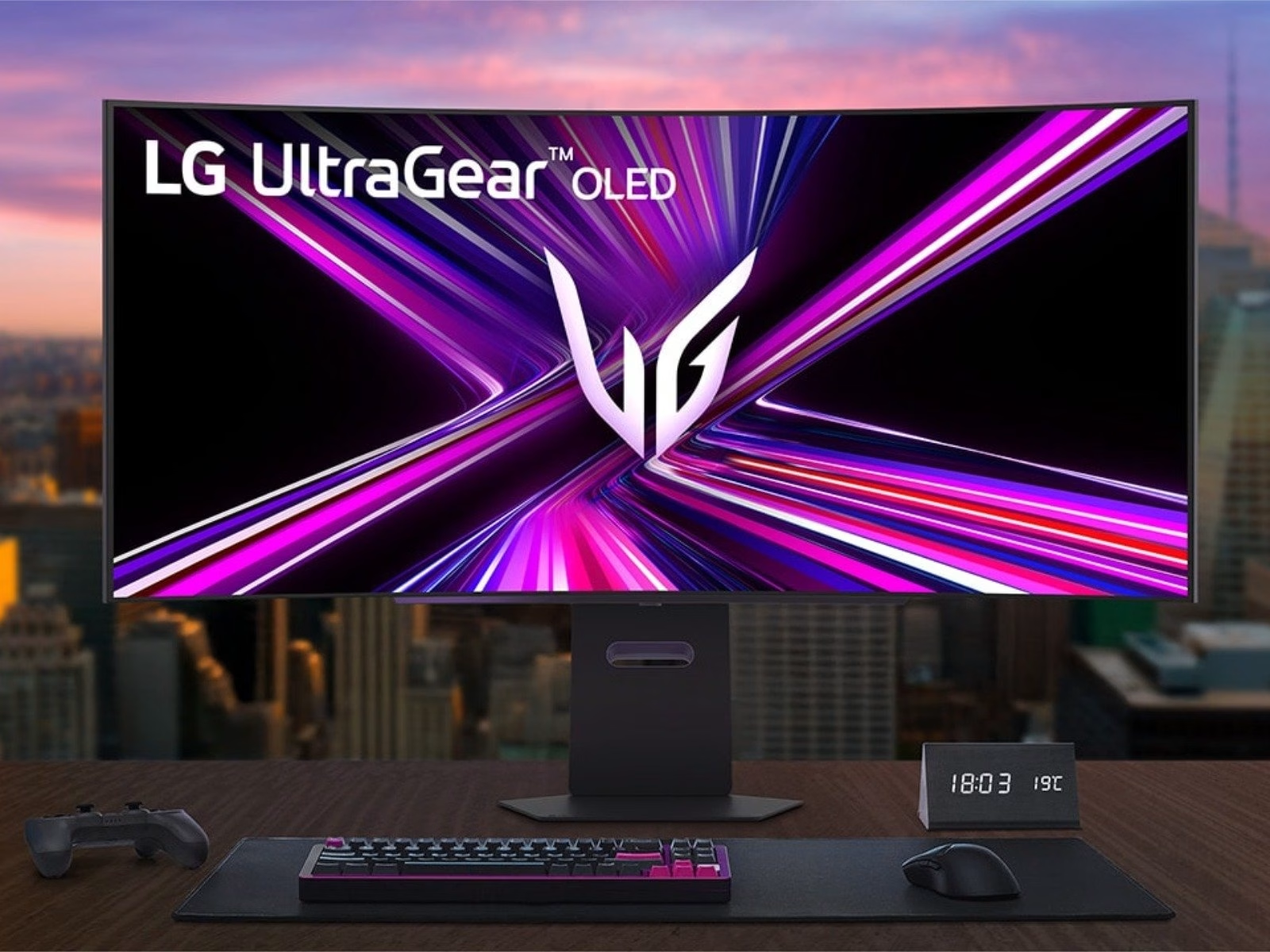LG Unveils New UltraGear OLED "A" Series Monitors: Subtle Refinements for Premium Gaming
LG has quietly expanded its highly regarded UltraGear OLED gaming monitor lineup, introducing new "A" series models that include 45-inch, 39-inch, and 34-inch variants. These latest additions, specifically the 34GX900A, 39GX900A, and 45GX900A, largely retain the impressive core specifications of their "QE" predecessors but bring a few thoughtful, albeit minor, enhancements to the table. Gamers and content creators looking for the absolute latest in OLED display tech might find these new iterations compelling, especially with their rapid market entry in regions like the US and Europe.
Iterative Evolution: What Remains Unchanged (and Why That's Good)
When LG rolls out new monitors, especially in their premium UltraGear OLED segment, there's always a buzz. But with the "A" series, the story isn't about groundbreaking new panel technology or a massive leap in performance. Instead, it's about refining an already excellent foundation.
The core display specifications that made the "QE" series so popular are firmly in place here, and frankly, why mess with success?
These new "A" series models still boast those stunning curved WOLED (White OLED) panels, featuring an immersive 800R curvature. For anyone who's gamed on a curved ultrawide, you know the difference it makes. It just pulls you in. They maintain the ultrawide 21:9 aspect ratio with a crisp 3440x1440 (WQHD) resolution. And for competitive play, the 240Hz refresh rate paired with an astonishing 0.03ms GtG response time remains standard. That's virtually instant pixel response, which is critical for fast-paced games.
Beyond speed, visual fidelity is still a major selling point. We're talking HDR10 support, a wide 98.5% DCI-P3 color gamut, and VESA DisplayHDR True Black 400 certification. That last one is key for OLEDs, ensuring those inky blacks and incredible contrast ratios that conventional LCDs just can't touch. Adaptive sync technologies like AMD FreeSync Premium Pro and NVIDIA G-Sync compatibility are also present, ensuring tear-free gaming regardless of your GPU. So, if you were already impressed by the "QE" models' raw display performance, you'll feel right at home with the "A" series.
The "A" for Additions: Targeted Tweaks and User Experience
So, if the core display tech is largely the same, what exactly does the "A" series bring to the party? The changes are subtle, focusing on enhancing usability and convenience rather than raw performance metrics. Think of it as a quality-of-life update.
Market Positioning and What These Updates Mean
The quiet rollout of these "A" series monitors, without a major fanfare like a CES unveiling, suggests that LG views them as iterative refinements rather than revolutionary new products. They're not designed to replace the "QE" series with a completely different experience, but rather to offer slightly more polished versions for those buying new.
What does this mean for consumers? If you already own a "QE" series UltraGear OLED, there's likely no compelling reason to upgrade. The display performance, which is the main draw of these monitors, remains identical. However, if you're in the market for a new high-end OLED gaming monitor, the "A" series offers those small but meaningful quality-of-life improvements. The 65W USB-C PD, in particular, is a genuinely useful addition for many modern setups.
The pricing, which appears to be consistent with the "QE" models at their launch (around $800-900 for the 34-inch, up to $1,300-1,400 for the 45-inch), means you're getting these extra features without a premium price hike. That's a win, right? It shows LG is listening to user feedback, even if the changes aren't headline-grabbing.
Looking Ahead: The Future of UltraGear OLED
LG's commitment to OLED in gaming monitors is clear, and the "A" series solidifies their position. While these specific models are more about refinement, they set a precedent for future iterations. We might see more integrated features, further ergonomic improvements, or perhaps even higher refresh rates on the horizon. For now, the "A" series offers a compelling package for anyone seeking a top-tier ultrawide OLED gaming experience with a few extra creature comforts. It's a solid, if not spectacular, step forward for LG's UltraGear lineup.
